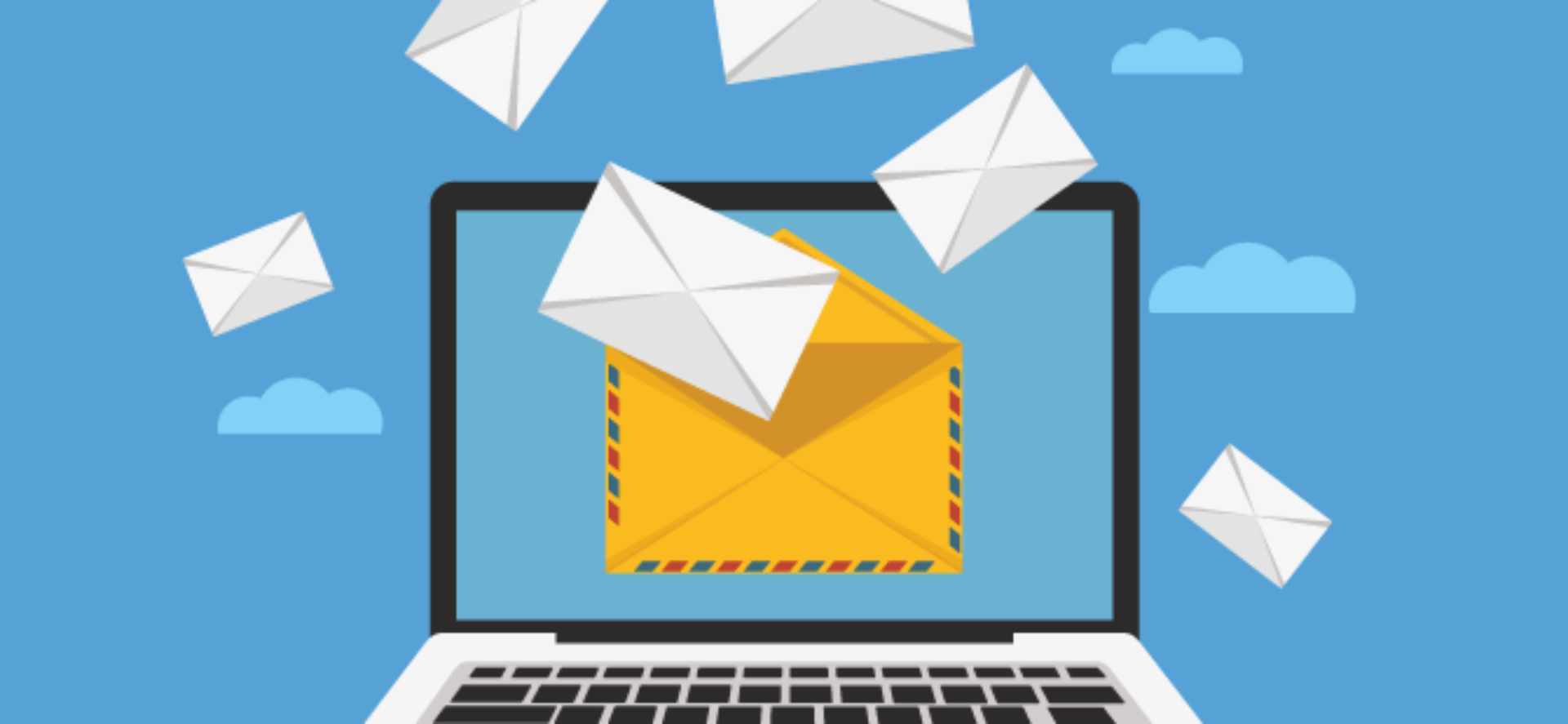Is Your Email Account Suffering From Social Distancing?
Back to Blog
Rob Dyer – Senior Analyst @ Wood for Trees
It’s now five months since the UK went in to lockdown, as the Coronavirus pandemic swept across the globe. While some restrictions are easing, many of us are going to be working from home for a while yet, me included.
This is placing prolonged strain on the high street. Many companies are relying on online shopping to drive revenue and stay afloat. And email marketing is playing an increasing role in companies’ strategy.
I decided to save all marketing emails I received to my personal email account for a month. I received four hundred and sixty two messages between 1st and 31st July. That’s not counting service emails like receipts, and personal messages. The emails came in fairly consistently.
On average, I received fifteen marketing emails per day. On the quietest day I received seven, and twenty five on the busiest.
Volume generally increased through the week. On average I received fewer than nine each Sunday, and more than twenty three each Friday.
Emails came from eighty one different sender names in total. Some companies emailed me more than others – two companies emailed me more than daily. I received fifty four separate emails across the thirty one days from the most prolific sender.
Fifty companies emailed me fewer than five times each over the course of the month.
Most emails landed in my inbox either around 5pm or otherwise in the early morning. This suggests companies send email shortly before I am likely to have time to open and read them.
Average length of subject lines was 48 characters. Short, snappy and not giving too much away. One had a subject line totalling eight characters (“90% sold”).
So far, so good.
What I found surprising was how little personalisation there was in the emails I received.
Less than 9% of the emails I received contained any kind of personalisation in the subject line or body copy.
Considering these are all companies who I have chosen to sign up to, this seems low. I would expect at the very least that I gave my first name when signing up. There’s a massive opportunity lost.
Email marketing is at its best when it gives the recipient the feeling that the message was only for them. That’s not always going to be the case. But at least opening with a bright and breezy ‘Hi Rob’ might give me the impression that I’m being spoken to directly.
Of course all this is assuming I am getting the same email as other people. Use of dynamic content could mean I see content designed or ordered with only me in mind. If that’s the case, I would expect basic personalisation to also be included.
A lot of this refers back to the principles outlined in Steve Krug’s web design book Don’t Make Me Think. User experience should take priority over creative design. This applies to email as much as website design.
I may be staying home for a while yet, and emails will continue to flood my inbox. Basic use of data in marketing emails will make for a much better user experience. Companies, please: make the most of the data you have permission to use!
So, whether or not you’re sat on a load of usable data, maybe you could try split testing the following, and seeing how personalisation affects your open rates:
Sender name: would rob@… be more approachable than donotreply@…?
Including contacts first names in subject lines – you can always test this on an internal seed list – just make sure colleagues know what’s happening!
Subject line length – try to prove that ‘less is more’
Use of contacts names in body copy – even starting your copy with “Hi Rob” is better than nothing
Also, keep in mind that open rates are only the start. The ultimate factor in whether your email was a success or not will always be whether you achieved your end goal. A dip or spike in open rates doesn’t matter if you achieve whatever you set out to do.
Finally, be patient. Remember that familiarity also makes a difference, and some of the results for your latest campaign will be due to the previous campaigns you sent. A change in approach can take time to bed in.
If you need help with any aspects of your email programme, Wood for Trees may be able to help. We have built online reporting structures to give in-depth reporting at the touch of a button. We can also help provide the data and insight to drive the personlisation, like more immediate asks for less engaged or lapsing contacts. Whatever you need help with, feel free to get in touch for an informal chat.
And, keep an eye out for future blogs where we’ll be discussing techniques to help you understand what to send to your contacts to help improve your personalisation strategy.